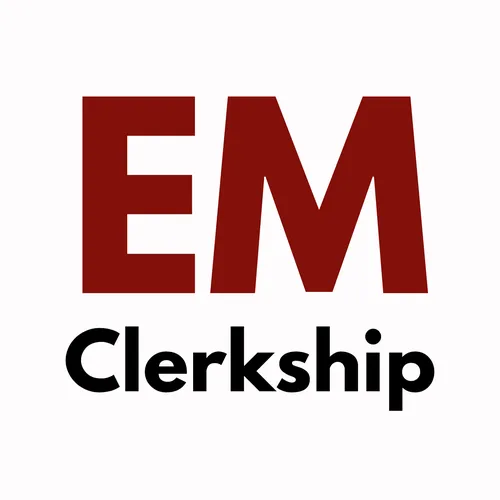Trauma
- Author
- Zack Olson, MD
- Published
- Mon 06 Jun 2016
- Episode Link
- https://emclerkship.blubrry.net/2016/06/06/trauma/
Airway/C-spine. Breathing. Circulation. Disability. Exposure. Secondary Survey.
Airway and C-Spine
* General airway principles* “If they can’t speak, they can’t control their airway”* “If GCS is <8, intubate”* In the real world, it’s a clinical judgement call* General c-spine principles* Clear c-spine with NEXUS/Canadian rules* Otherwise stabilize spine and place in cervical collar
Breathing
* If patient has tachypnea, hypoxemia, or respiratory distress* Give O2* Examine for tension pneumothorax* Deviated trachea* Asymmetric breath sounds* If concerned perform needle decompression* THEN* Tube thoracostomy
Circulation
* If patient has tachycardia, hypotension, or obvious blood loss* Stop the bleed* Emergent transfusion* Consider early OR if unstable* In the real world, CT is frequently obtained pre-op regardless of stability
Disability
* Pupils* GCS* If concerned for head injury* Obtain CT head without contrast
Exposure
* Fully undress the patient* Warm blankets
Secondary Survey
* Visualize everything* Palpate everything* Bedside chest/pelvic x-ray and FAST scan
Common Labs
* Type and screen* CBC* Electrolytes* Urinalysis* EKG* Blood alcohol level* Lactic acid (if concerned for shock)
Common Imaging
* CT head without contrast* CT maxillofacial without contrast* CT cervical spine without contrast* CTA neck* CT abdomen/pelvis WITH contrast* Retrograde urethrogram* Additional x-rays
Common Treatments
* Blood products* Tetanus immunization* Analgesics
Additional Reading
* Advanced Trauma Life Support (Wikipedia)* Round 5 – Geriatric Fall (EM Clerkship)
